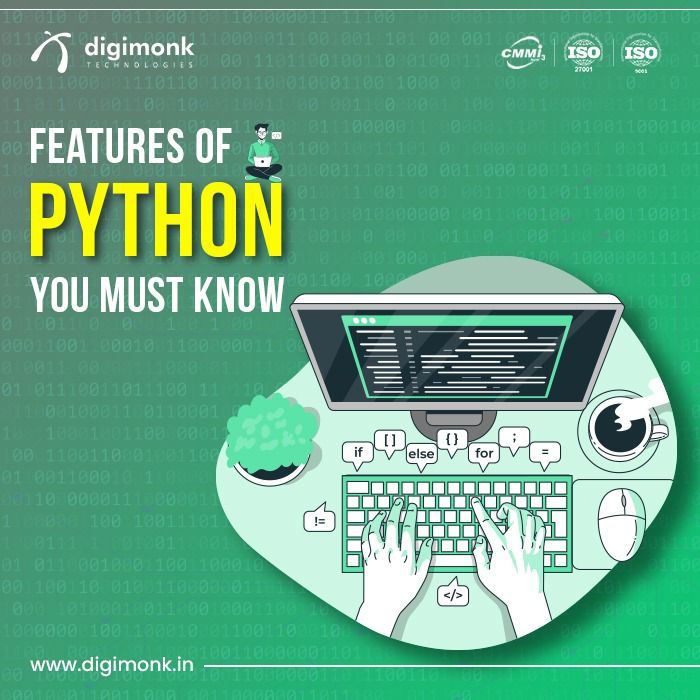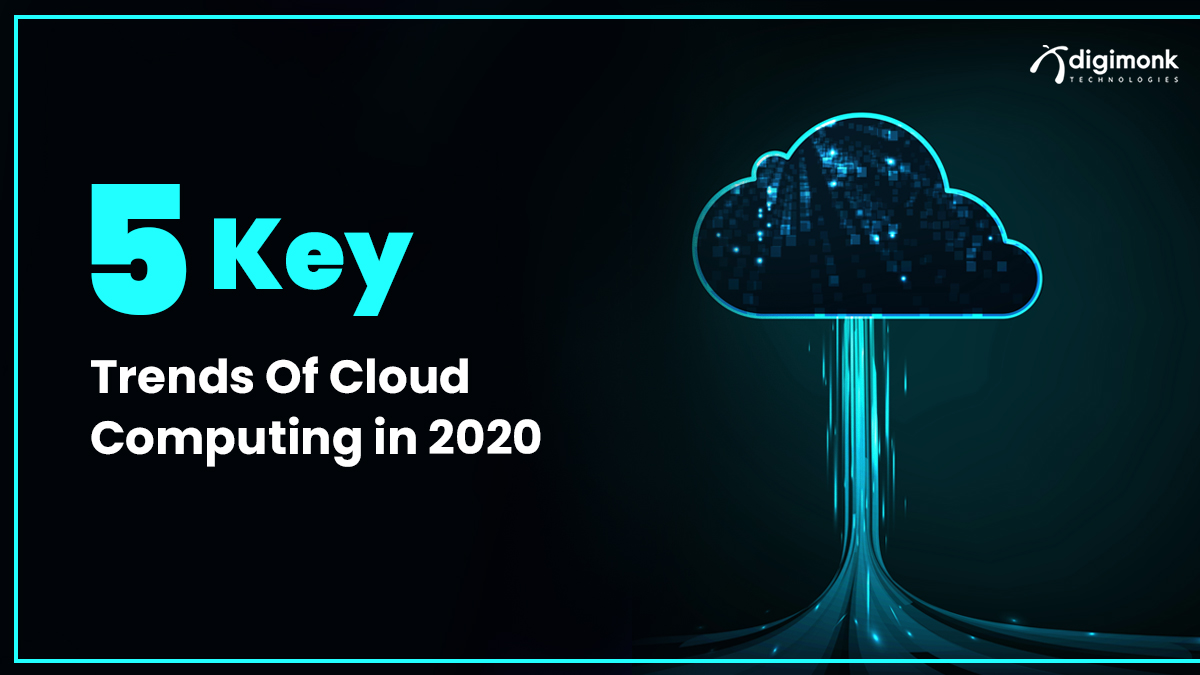10 August, 2023

Are You Looking For a
Web Devlopement | App Devlopement

Features of Python You Must Know !!
Python is a high-level, general-purpose, self-contained programming language designed to meet the needs of computer scientists, software developers, and college students interested in coding. Python was created in the early 1980s by Guido van Rossum while he was at IBM. The language is named after its inventor. It’s become one of the most popular programming languages in recent history. Python is a high-level, interpreted dynamic object-oriented programming language that can be used to program applications or websites. It is also known as object-oriented programming (OOP) language.
The main benefits of using Python instead of other languages are that it is very easy to start programming with and because of its flexible syntax, it can be used to program almost any kind of software application. Python is an open-source language that’s free to use and has a wide range of features that make it easy to customize. It’s also a great choice for beginners because it’s easy to pick up and use. In addition to its ease of use, Python has a number of other features that make it an excellent choice for programmers who want to get into the world of software development. In this article, we will discuss some of the major features of Python that make it stand out from other languages.
The key advantages of Python over other languages are its ease of use and the fact that, due to its flexible syntax, it can be used to develop nearly any type of software application. Python is a free and open-source programming language with a wide variety of capabilities that make it easy to modify. It's also a good option for newcomers because it's simple to learn and utilize. Python has a lot of other qualities that make it a good choice for programmers who want to break into the field of software development, in addition to its ease of use. In this post, we'll go over some of the key characteristics of Python that set it apart from other programming languages.
Key Features Of Python
There are many features in Python, some of which are discussed below as follows:
Large Standard Library - One of the most important characteristics that have made Python so popular in recent years is the large standard library it provides to its users. Python's standard library is incredibly vast and contains a wide mix of packages and modules such as itertools, functools, operators, and many more that provide common and vital functionality. If the code for certain features is already existing in these modules and packages, the developers will save time and effort by not having to build it from scratch. Furthermore, the developers may now concentrate on other crucial aspects of their projects. Python also provides the PyPI (Python Package Index), which contains additional packages that we may install and utilize if we need them.
Object-Oriented Programming Language - Python supports various programming paradigms like structured programming, functional programming, and object-oriented programming. However, the most important fact is that the Object-Oriented approach of Python allows its users to implement the concepts of Encapsulation, Inheritance, Polymorphism, etc. which is extremely important for the coding done in most Software Industries as objects map to entities in the real world and a lot of real-world problems can be solved using the Object-Oriented Approach.
Dynamically Typed Language - Python is a language with dynamic typing. In other words, we don't have to declare the data types of the variables we define in Python. The Python interpreter's task is to identify the data types of variables at runtime depending on the types of the expression's elements. This attribute may cause runtime issues, despite the fact that it makes code easier for programmers. Python, in particular, uses duck typing. "If it looks like a duck, swims like a duck, and quacks like a duck, it must be a duck," the saying goes.
Easy To Learn and Readable Language - Python is a very simple language to learn. Python's syntax is quite basic, and the learning curve is relatively gentle. Python is incredibly simple to learn and code, and the usage of indentation instead of curly brackets makes Python code very straightforward to understand. As a result, many schools, universities, and institutions are teaching Python to their students who are just getting started with coding.
High-Level Language - A high-level language (HLL) is a programming language that allows a programmer to build programs that are independent of the type of machine they are running on. These languages are classified as high level because they are highly similar to human languages while being quite different from machine languages. Python, unlike C, is a high-level programming language. Python is simple to learn and understand,it is more user-friendly than middle-level languages like C. We don't have to know system architecture or manage memory with Python.
Interpreted Language - Python is an interpreted language (a programming language that is interpreted rather than compiled into machine instructions). It is one in which the instructions are read and performed by another program known as the interpreter rather than being directly executed by the target computer) and an IDLE (Interactive Development Environment) is packed with Python. It's simply an interpreter that works in the same way as Node.js' REPL (Read Evaluate Print Loop). One line of Python code at a time is executed and shown by IDLE. As a result, when we run a line of Python code, it reports errors and shows the whole stack trace for the error.
Final Words
Python was created in the early 1980s by Guido van Rossum while he was at IBM. It became one of the most popular programming languages in recent history. The key advantages of using Python over other languages are its ease of use and its flexible syntax. In this article, we discussed some of the major features of Python that make it stand out from other languages. Python is a language with dynamic typing.
It supports various programming paradigms like structured programming, functional programming, and object-oriented programming. The Object-Oriented approach of Python allows its users to implement the concepts of Inheritance, Polymorphism, etc. This is extremely important for the coding done in most Software Industries as objects map to entities in the real world. Python is a high-level programming language that allows a programmer to build programs independent of the type of machine they are running on. Python's syntax is quite basic, and the learning curve is relatively gentle.
The usage of indentation instead of curly brackets makes Python code very straightforward to understand. We don't have to know system architecture or manage memory with Python.
Follow us - www.instagram.com/teamdigimonk





